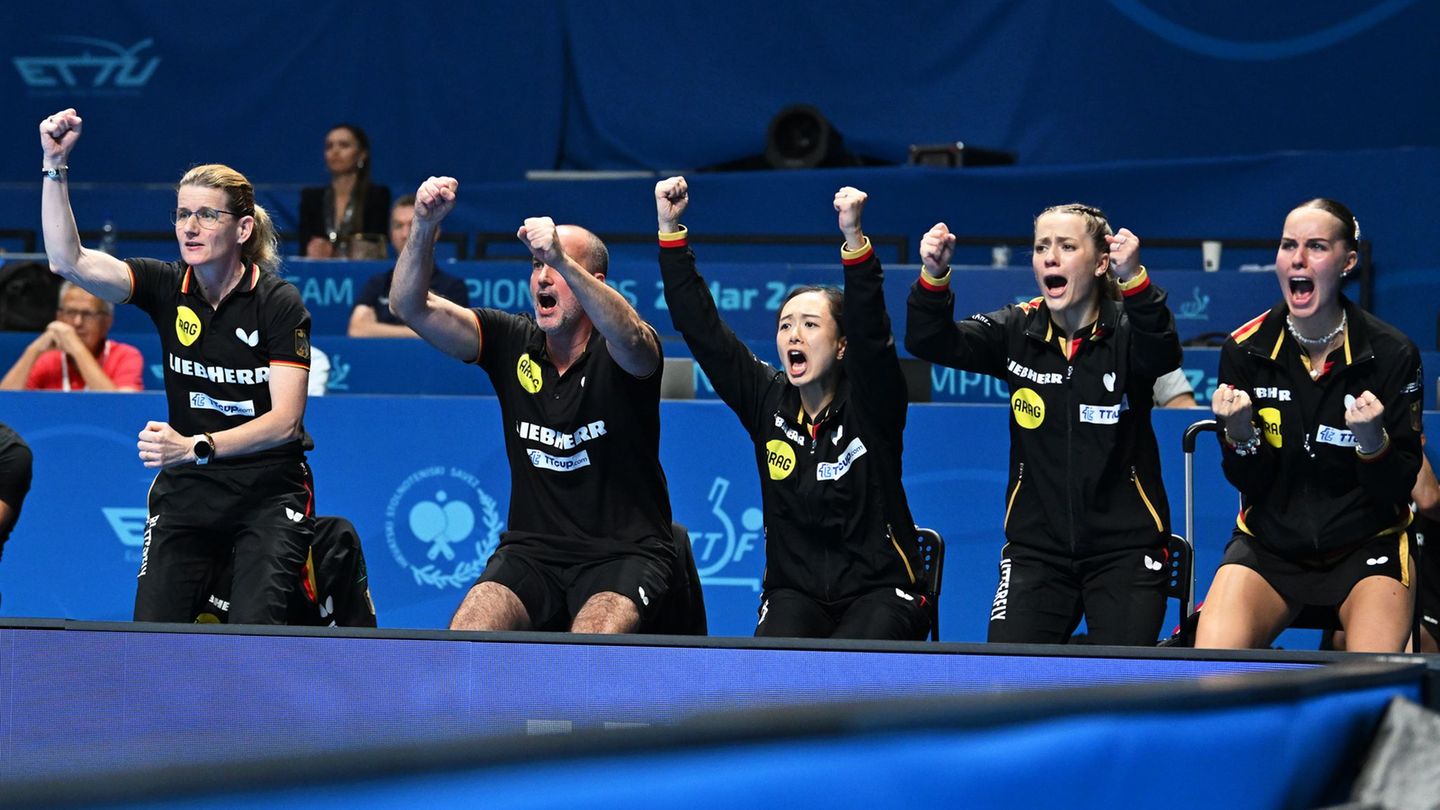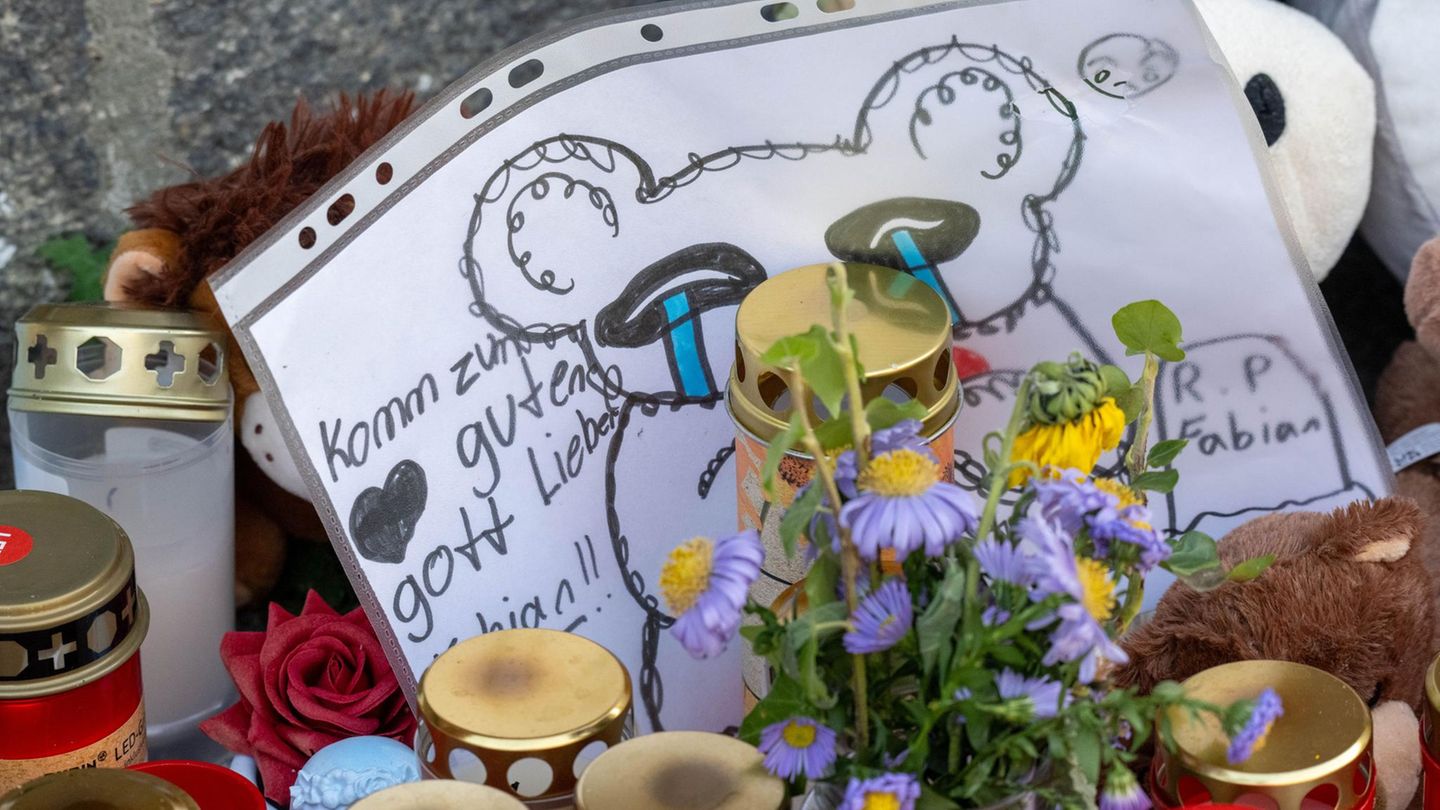Menu
Drink trends: Sparkling wine – increasingly alcohol-free or with syrup
Categories
Most Read
Bahn: New boss Evelyn Palla announces major renovations
October 19, 2025
No Comments
Remuneration at stock exchange companies: “No longer a rare species”: female managers earn less
October 19, 2025
No Comments
businessmen distrust that it will reactivate the real economy
October 19, 2025
No Comments
To meet the goal, Luis Caputo must take the chainsaw for subsidies, salaries and public investment
October 19, 2025
No Comments
Due to lower sales in supermarkets, mass consumption fell 4.4% in September
October 18, 2025
No Comments
Latest Posts

Economic situation inhibits environmental protection in companies
October 19, 2025
No Comments
Plastic packages for recycling Harald Hauke, ARA board spokesman The willingness to invest in the circular economy will decline in 2025 compared to the previous

European Table Tennis Championships: Kaufmann celebrates: Tenth European Championship title for the table tennis team
October 19, 2025
No Comments
PierceI am Pierce Boyd, a driven and ambitious professional working in the news industry. I have been writing for 24 Hours Worlds for over five

Fabian from Güstrow: Tense atmosphere at the family service
October 19, 2025
No Comments
Guestrow Service for Fabian: Some children are not allowed to leave the house alone Listen to article Copy the current link Add to wishlist Fabian
24 Hours Worlds is a comprehensive source of instant world current affairs, offering up-to-the-minute coverage of breaking news and events from around the globe. With a team of experienced journalists and experts on hand 24/7.

